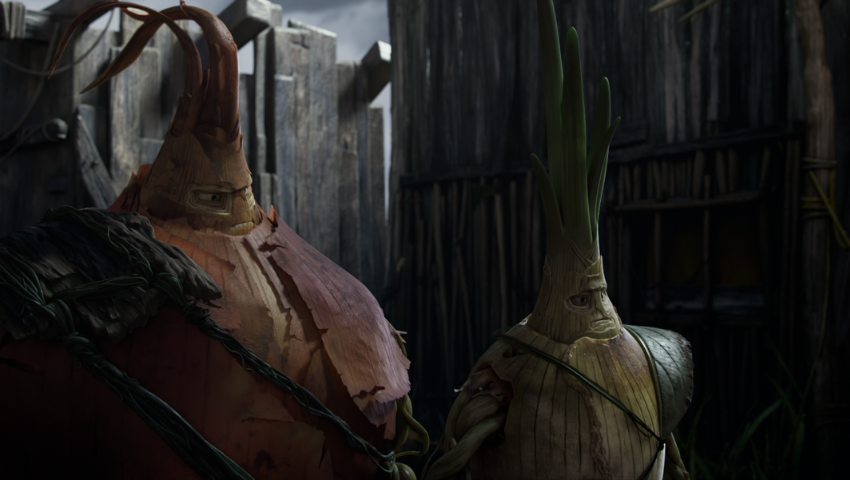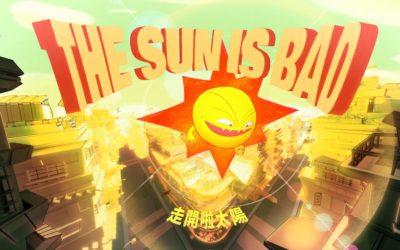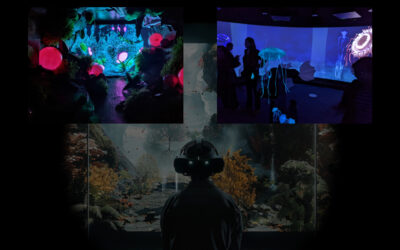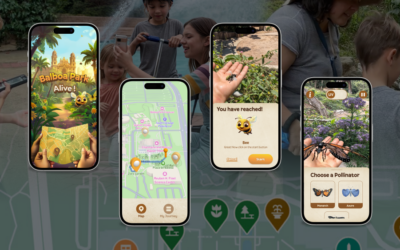Image Credit: @ESMA
“Vidalia” is a dark fantasy animated short that brings to life a unique world through advanced CGI and visual effects, emphasizing realism and immersion. We spoke with the SIGGRAPH 2024 contributors behind this film to discuss their process and how they balanced storytelling with technical innovation.
SIGGRAPH: “Vidalia” explores an interesting narrative in a fantasy setting. Elaborate on how the animation and visual effects in this project help tell the story of Cal and Vidalia’s journey.
Enzo Regardin (ER): Since “Vidalia” is set in a dark fantasy world, we aimed to make the film both realistic and unsettling. Visual effects were essential, not only to bring the vegetable characters to life but also to craft a uniquely dark-fantasy world that feels truly uninhabitable. Through animation and CGI, we pushed beyond the concept of this dark universe, creating an environment that feels tangible, immersive, and disturbingly real.
SIGGRAPH: The SIGGRAPH Computer Animation Festival is renowned for showcasing cutting-edge animation techniques. What innovative methods or technologies did you employ in the production of “Vidalia” to push the boundaries of computer graphics in film?
ER: During production, we utilized a variety of software and techniques to bring the short film to life. Experimentation was key, especially for complex visual effects like the hatching of the mushroom eggs, which we simulated using Houdini. For rendering, we relied on Pixar’s RenderMan, a powerful tool that enabled us to
create highly realistic organic environments. Its advanced capabilities allowed us to enhance the credibility of
our characters through detailed textures and lifelike lighting, making the world feel truly immersive.
SIGGRAPH: How did you balance the use of visual effects with storytelling in “Vidalia”, especially when depicting the strange creatures and the devastated village?
ER: We struggled until the very end to achieve visuals that felt both credible and cohesive with the story. Our
goal wasn’t just to create a film with impressive visuals, the narrative was just as important. Every decision we
made, whether in graphics or animation, was always driven by the story
SIGGRAPH: Were there any particular challenges in making these elements visually compelling while maintaining emotional depth?
ER: Yes, many, but our biggest challenge in developing the short film was creating our characters. Both protagonists, Vidalia and Cal, are onions. Unfortunately for us, we found almost no references for realistic or heroic onion characters, only cute and cartoonish designs. We struggled for months to refine their look, spending a long time just on the 2D concepts before having to rethink their designs again in 3D.
Another major challenge was expressions and emotions. “Vidalia” has no voices. We felt that giving voices to
vegetable characters would be too strange and break immersion. This meant relying entirely on facial expressions to convey emotion. The real question became: How do you make onions expressive and compelling without making them unintentionally funny? That was the heart of our short film, creating a dark and believable world with emotionally engaging characters, all while working with vegetable protagonists.
SIGGRAPH: How did collaboration and the diversity of perspectives within your team influence the visual design and overall execution of “Vidalia”?
ER: Fortunately, we had a team bold (and crazy) enough to take on a project like this. We were a team of nine, which was both an advantage and a challenge. Early on, we realized that clear communication was essential to the success of the film. To stay aligned, we held weekly meetings. Not just to discuss progress, but also to check in on how everyone was feeling. It was important to ensure that no one felt lost, unmotivated, or unheard. This open communication allowed us to collaborate effectively, exchange great ideas, and recognize when certain concepts weren’t working or simply weren’t possible.
At the start of the project, we were all aware of our strengths and weaknesses. This allowed us to assign roles
based on our expertise, ensuring everyone worked where they were most effective. We also placed a great
deal of trust in each other’s skills, which was key to our collaboration.
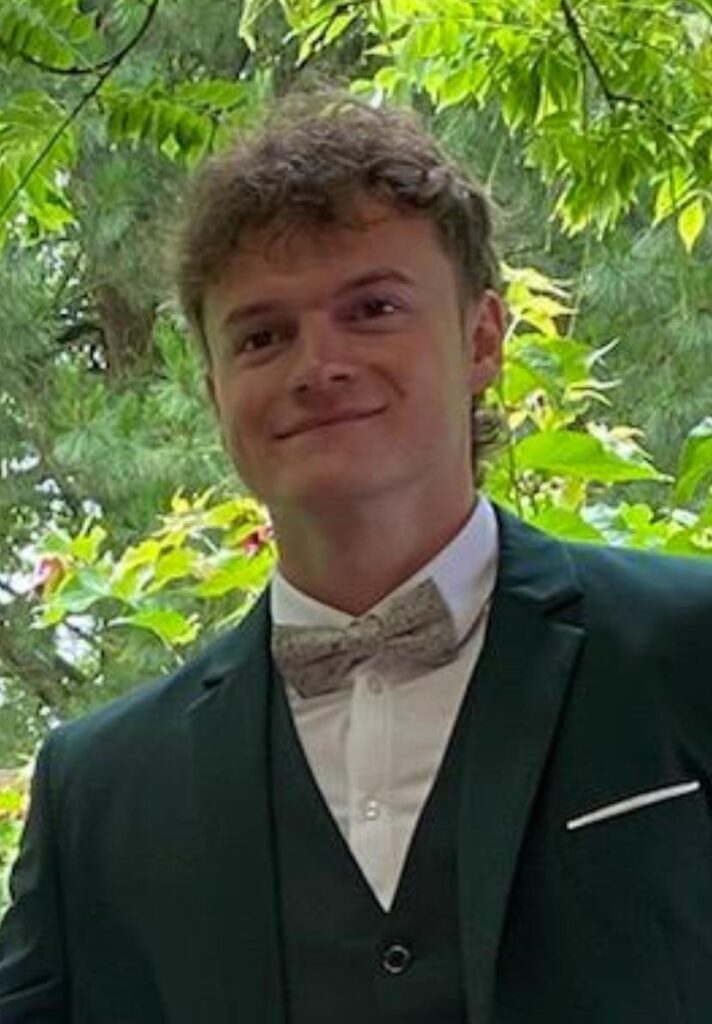
Enzo Regardin was in charge of the scenario, storyboard, 2D animatic, layout 3D and 3D animation for the SIGGRAPH 2024 Computer Animation Festival project Vidalia. Enzo also managed editing and contributed to the sound design process in collaboration with Le Studio des Aviateurs.
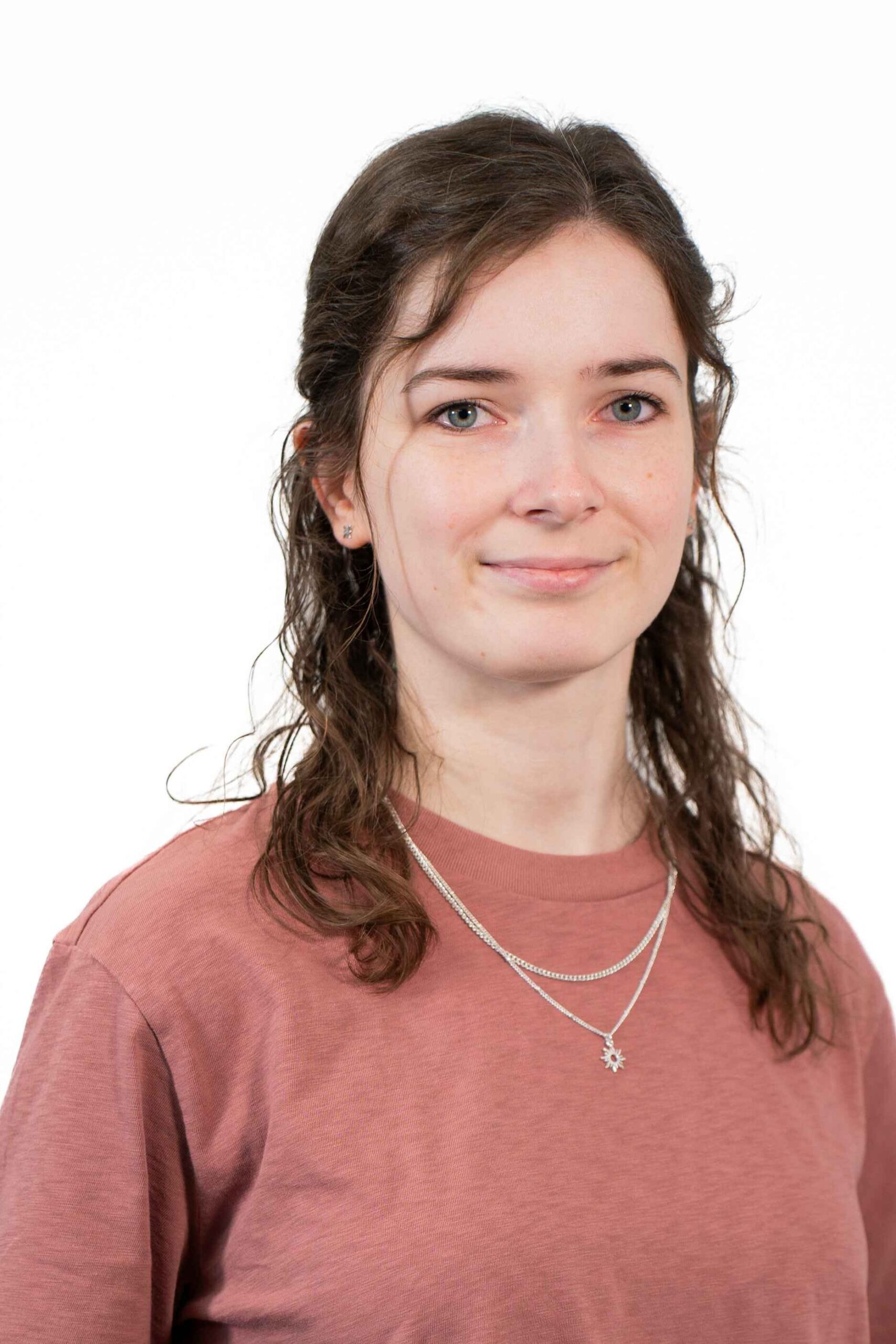
Morgane Jolivel participated on the character designs, modelling, surfacing, lighting, and compositing for Vidalia. Morgane is now working as a Junior Environment Surfacing artist at Skydance animation.
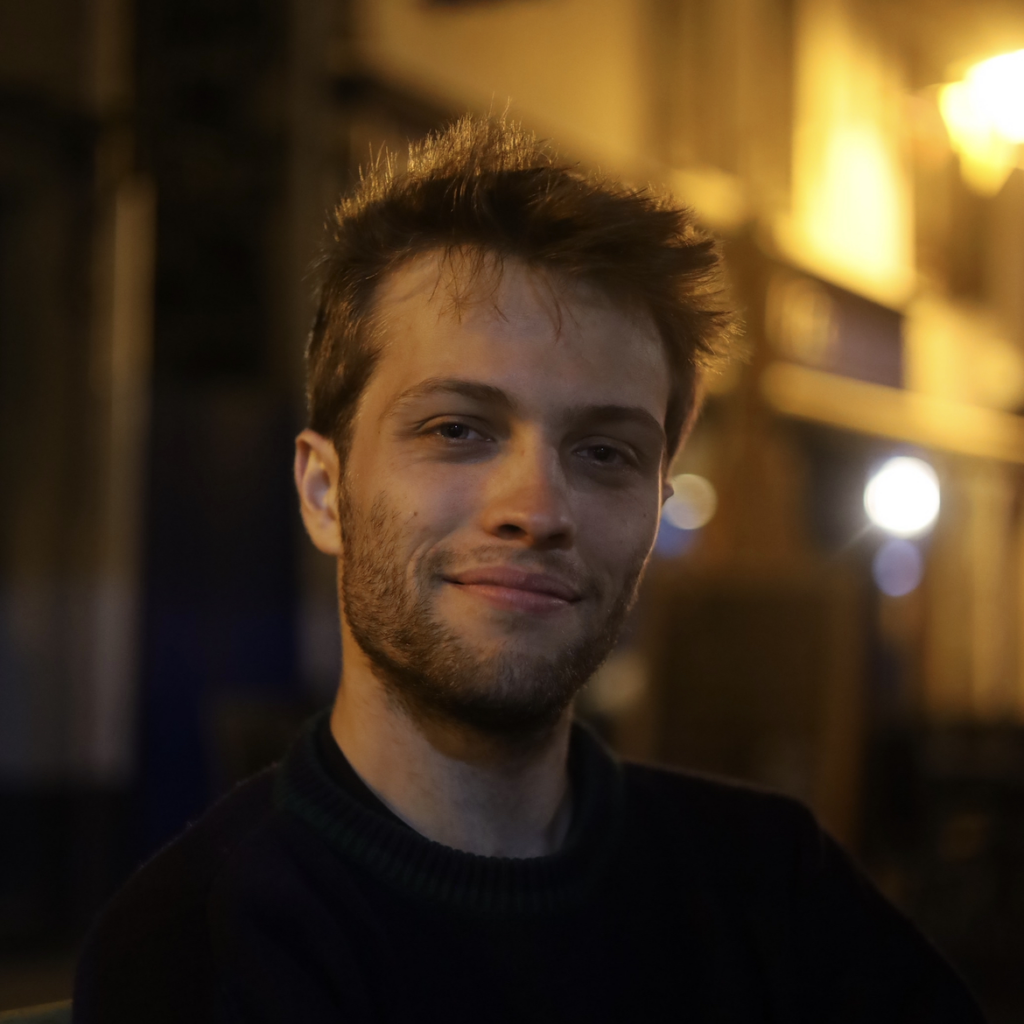
Emile Lachkar worked on ‘Vidalia’ as a Lighting, Rendering, Compositing, FX and Rigging artist. Emile has been working as a lighting artist and currently works as a DMP at TAT Studios in Toulouse.
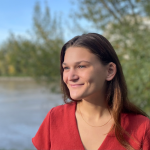
Céline Soubrane worked on ‘Vidalia’ as a Modeling, Surfacing, Lighting and Compositing. Céline works at Quantic Dream as an environment artist on the Star Wars Eclipse project.
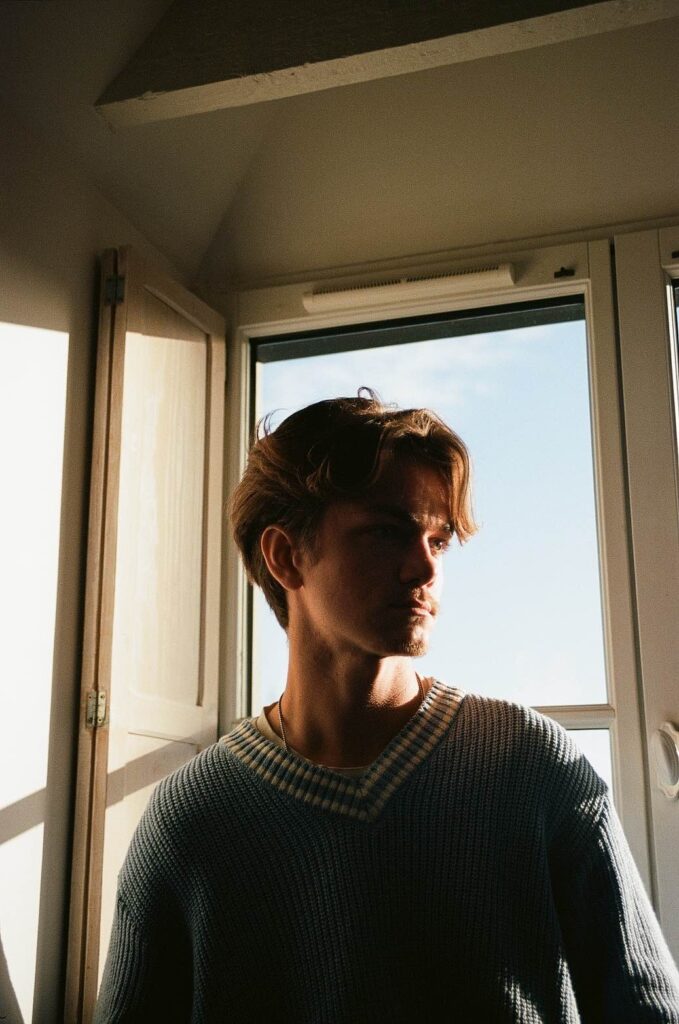
Bastien L’Hourre worked on Vidalia as a Lighting/Surfacing Artist and also worked on some FX, Modeling and Compositing.
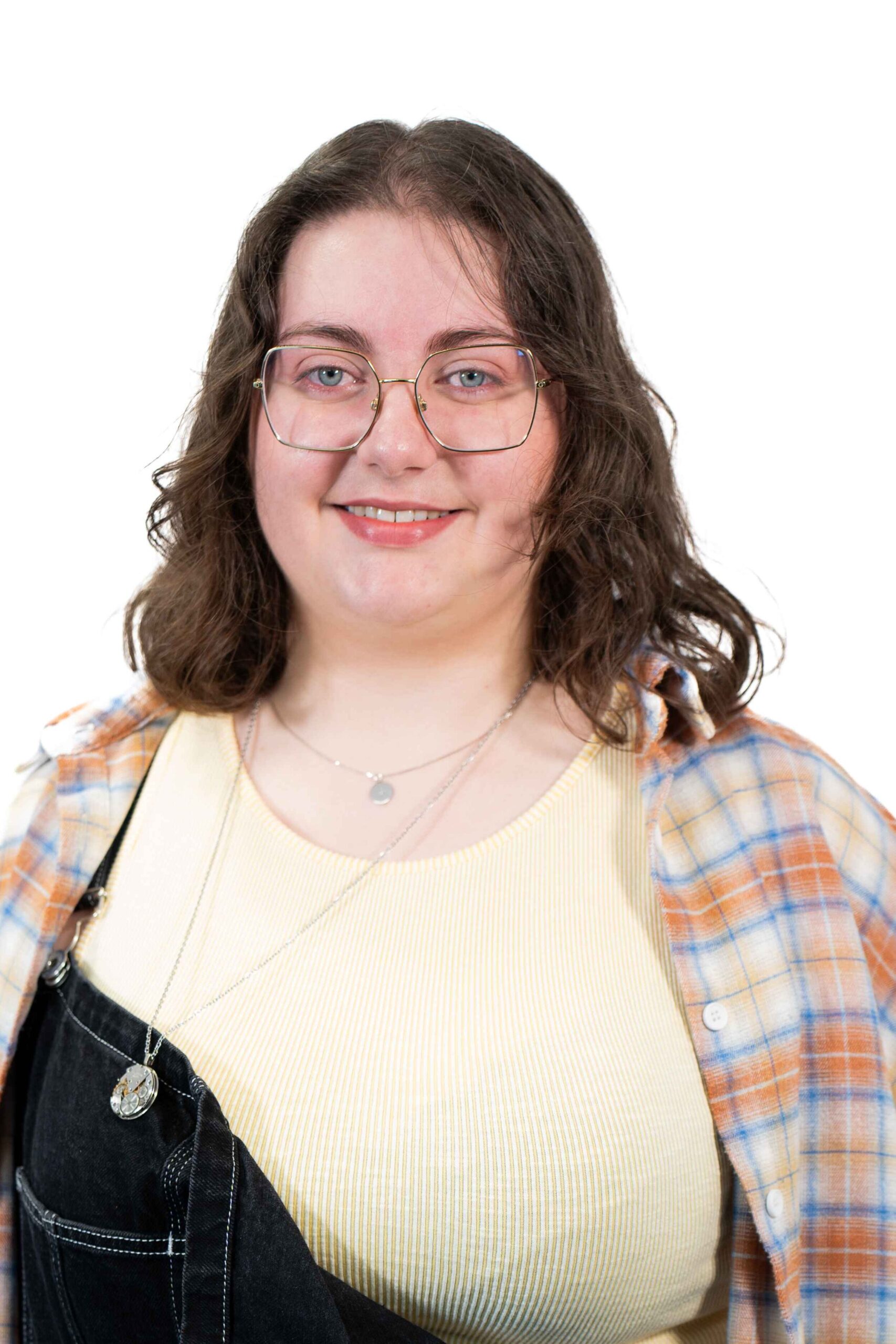
Camille Borg worked on Vidalia as Modeler, Sculptor and animator. Camille currently works at Nwave studio in Liège as an Junior animator on a feature film
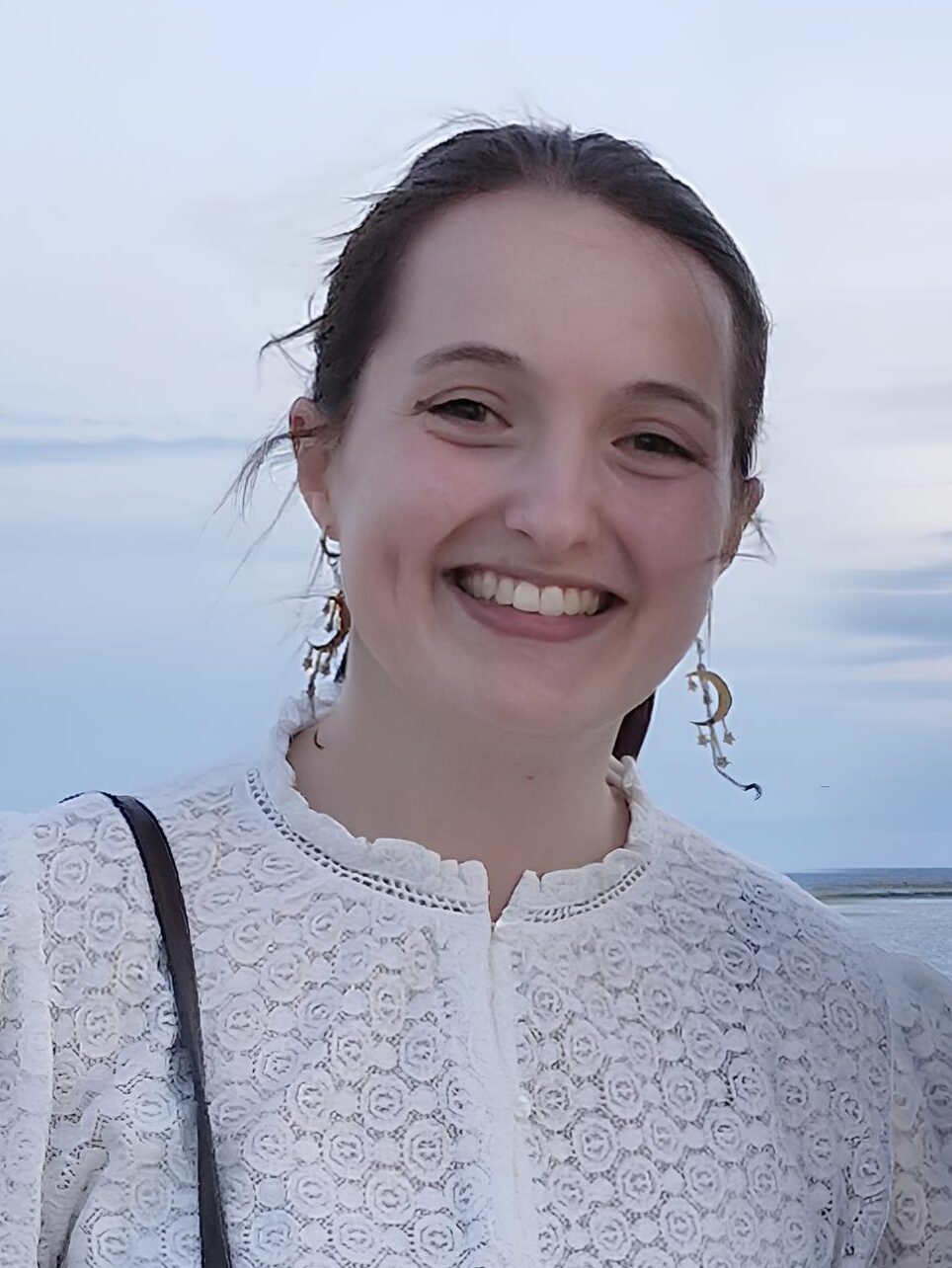
Constance Cartaut worked on Vidalia as a concept, modeling, surfacing, lighting and compositing artist.
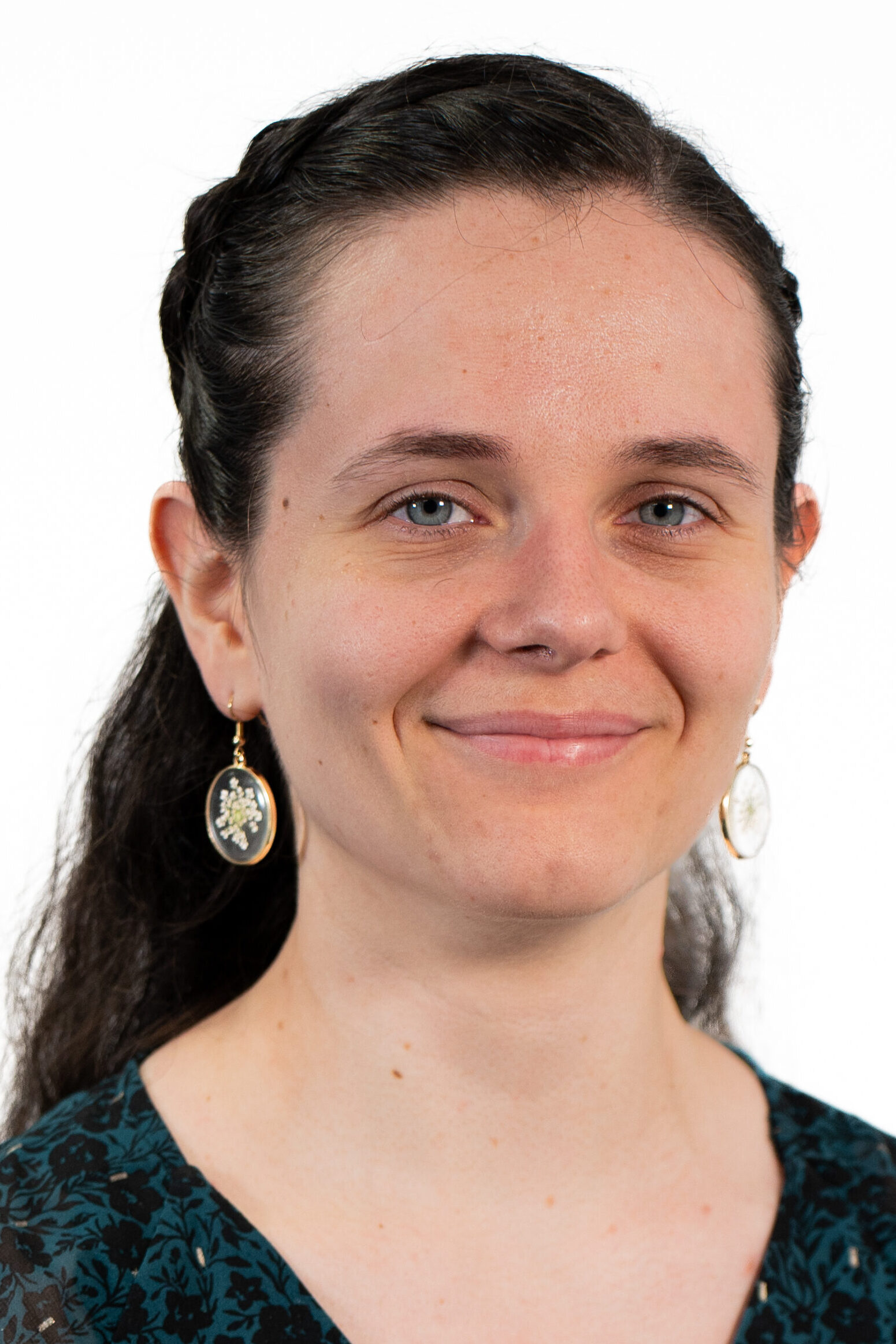
Diane Hamel worked as a rigger and animator on ‘Vidalia’. Diane is currently employed by nWave as a rigger on an upcoming movie.
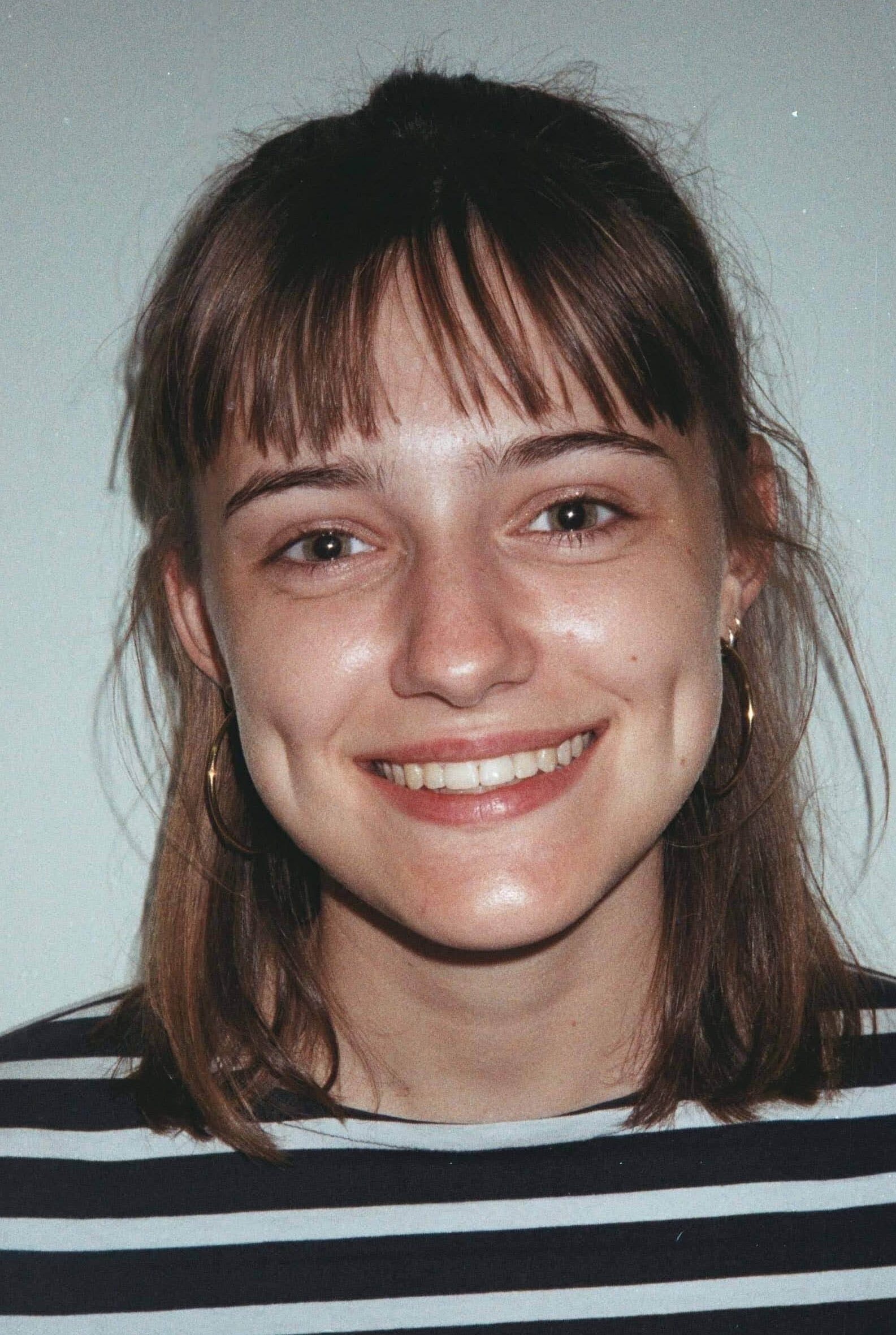
Tabatha Hugues worked on Vidalia as a texturing, lighting and compositing artist. Tabatha is now working as a lookdev environment artist on a feature film at stim studio, in Liege.
